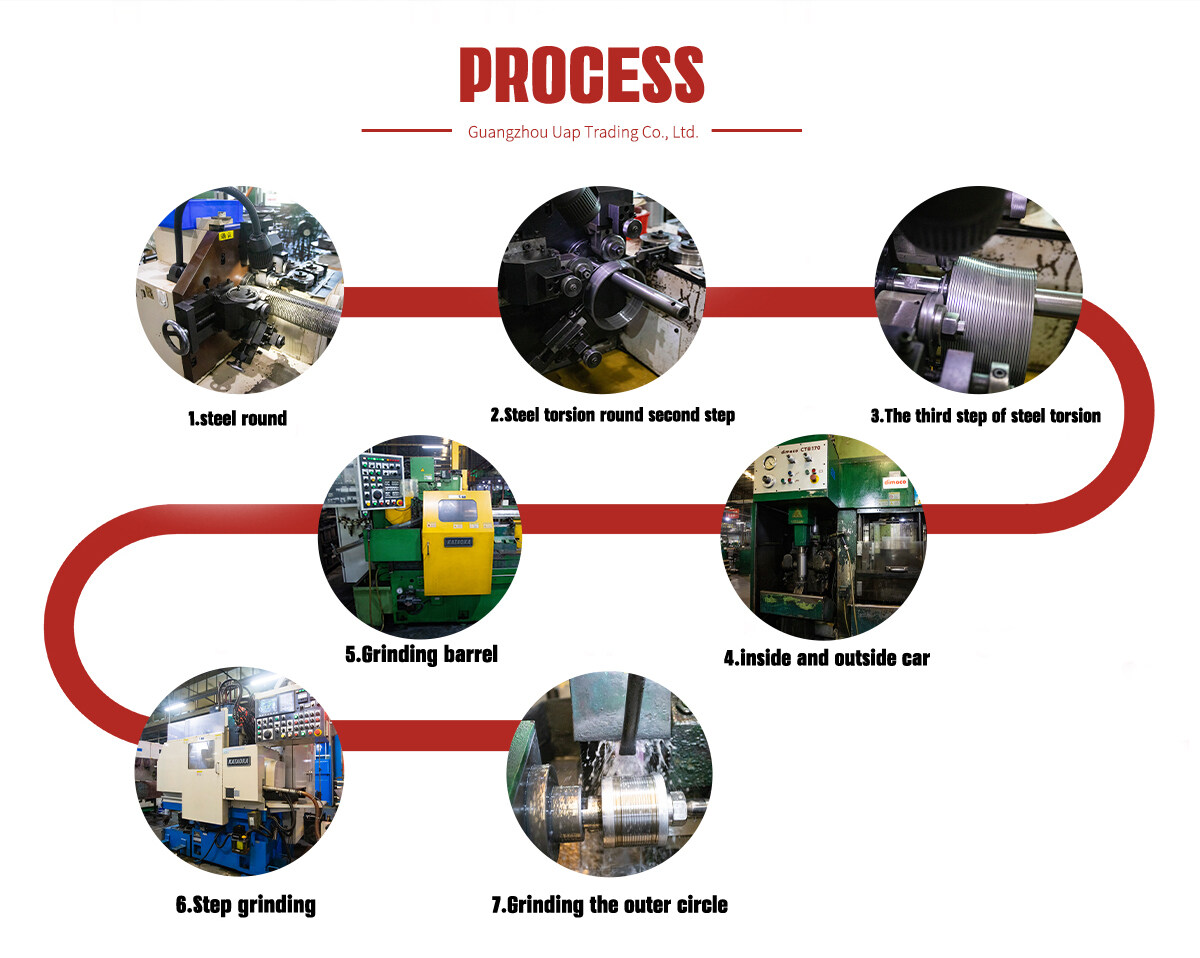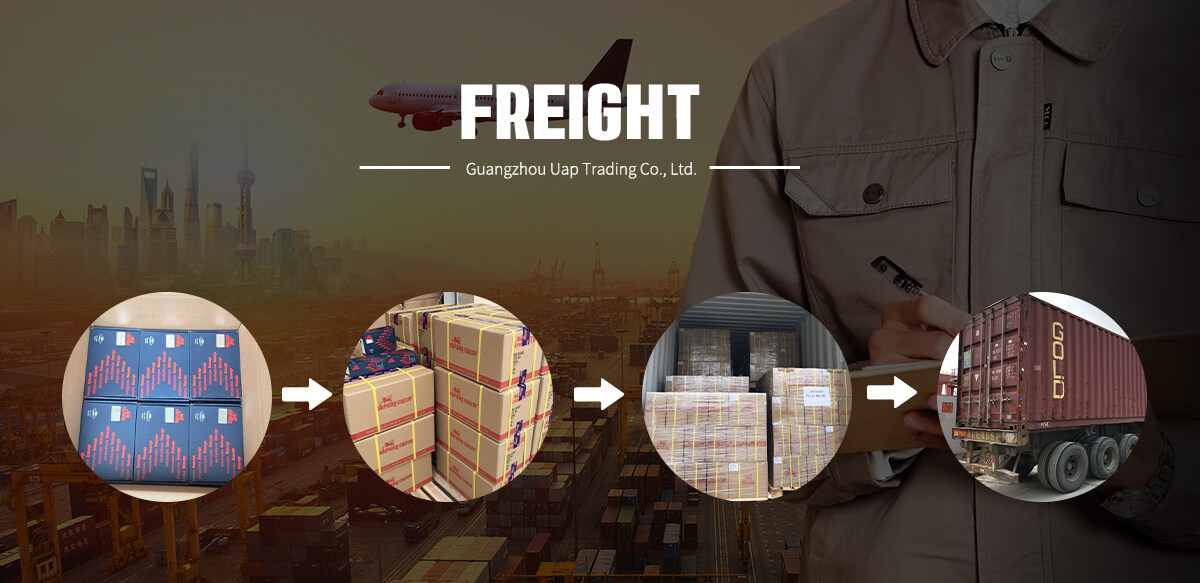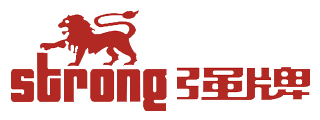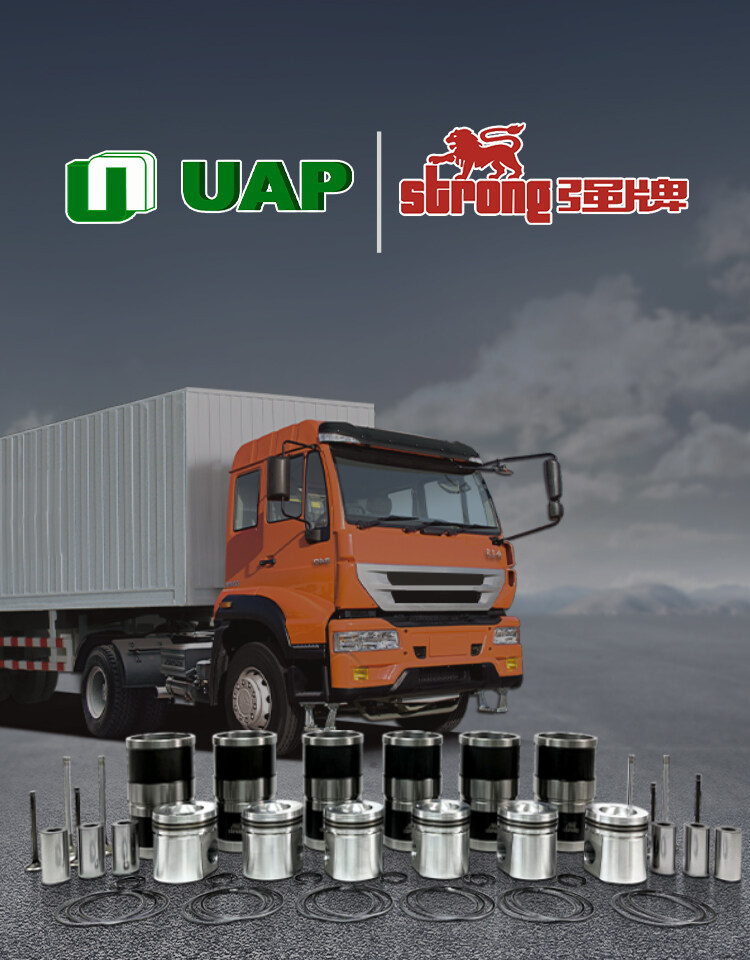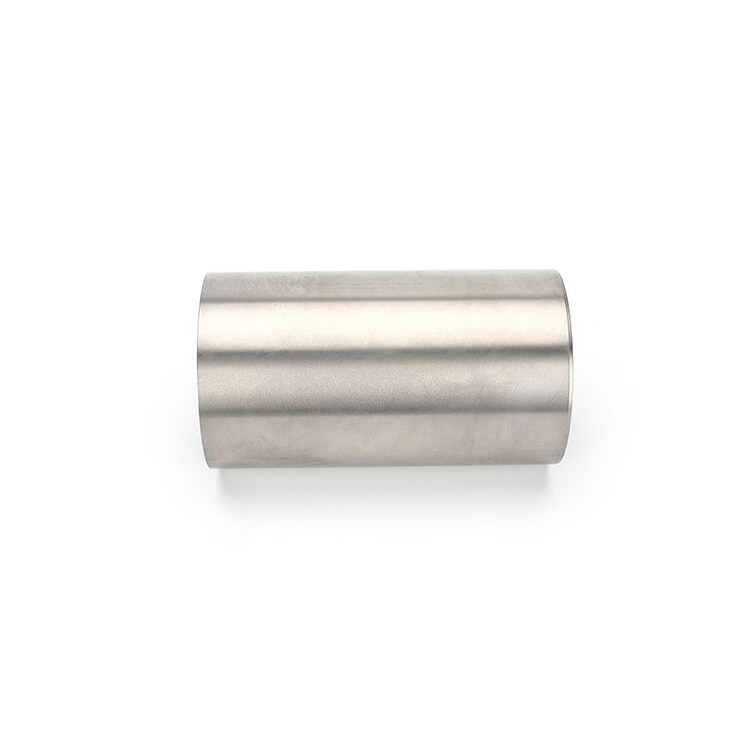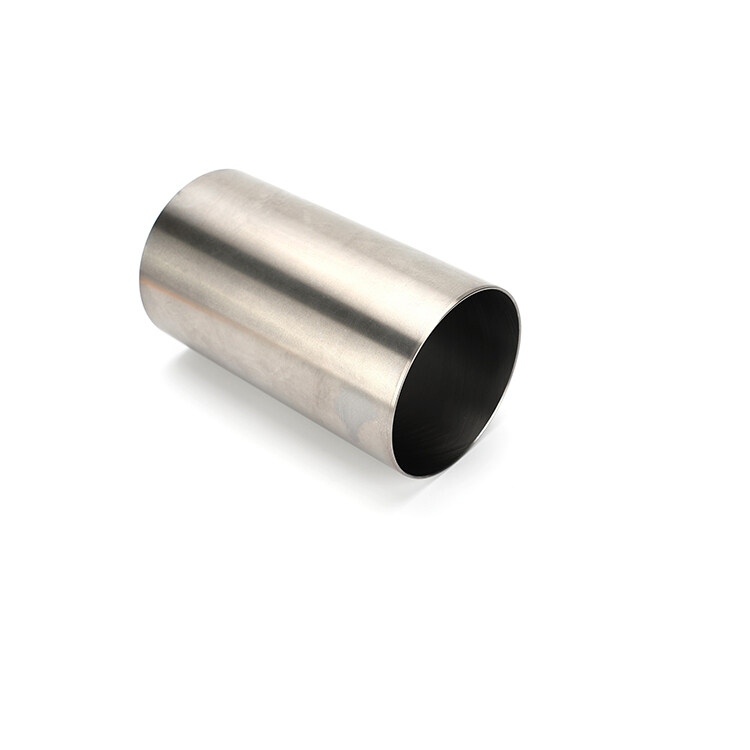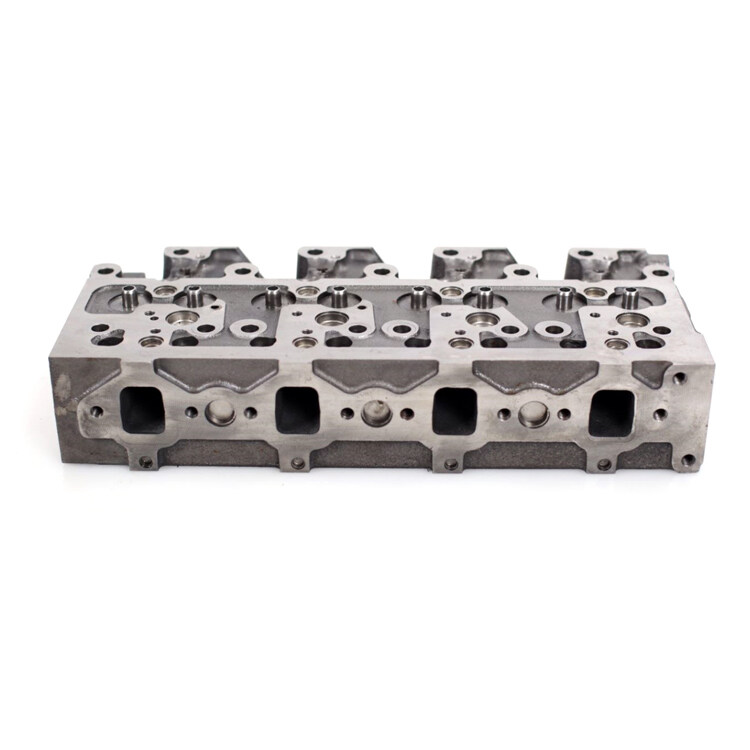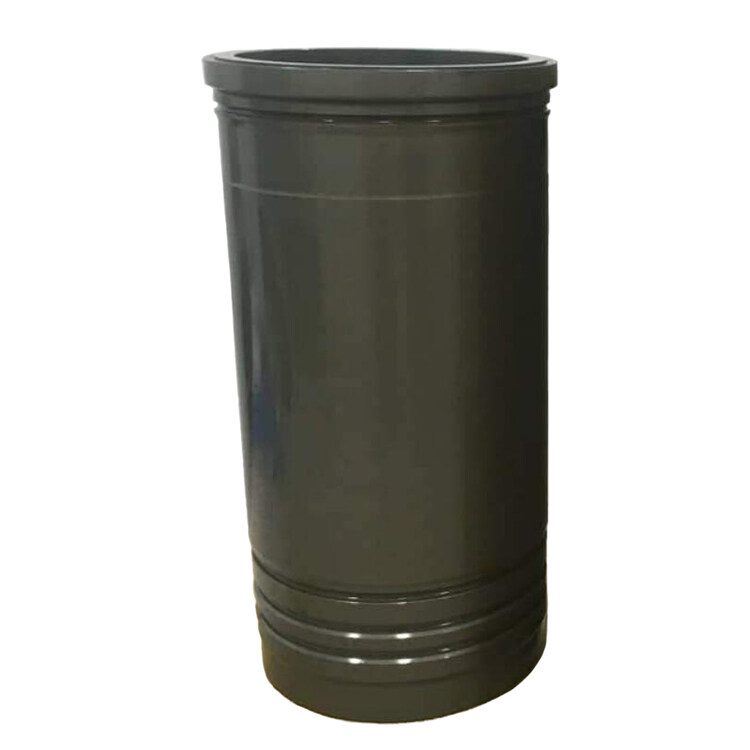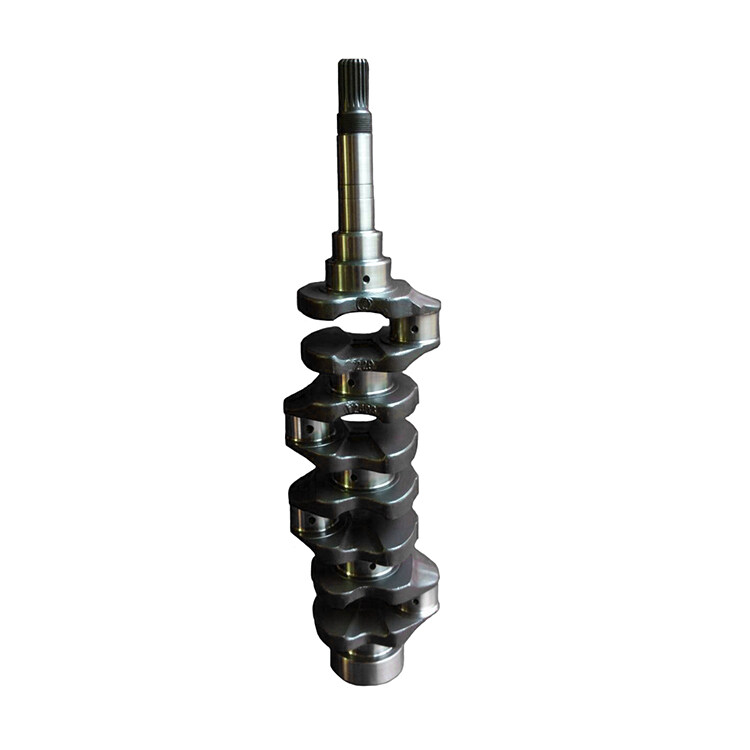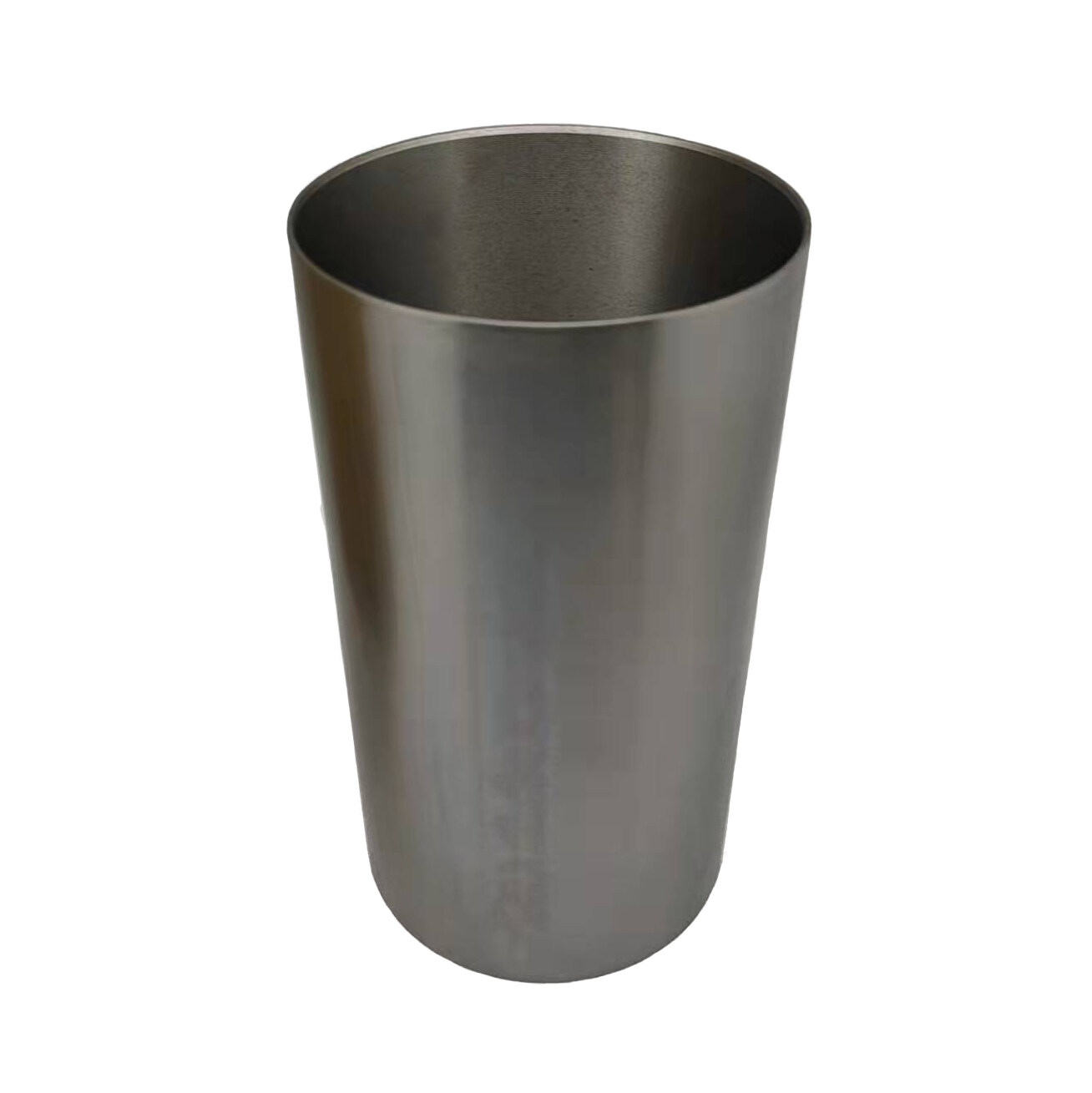Email format error
Email cannot be empty
Email already exists
6-20 characters(letters plus numbers only)
The password is inconsistent
Email format error
Email cannot be empty
Email does not exist
6-20 characters(letters plus numbers only)
The password is inconsistent

4 Cylinder 108mm 4D33 Diesel Engine Cylinder Liner Sleeve ME014660
Cylinder liners are used to line the inside of the engine block, where the pistons are. There are two types of cylinder liners: dry cylinder liners and wet cylinder liners. The distinction between the two is mainly based on whether they are in contact with the coolant or not.
The cylinder liner sleeve is made from high-quality steel, making it lightweight yet strong. It is highly resistant to chemical substances and liquids, and its exceptional tenacity allows it to withstand shocks from all directions. The sturdy structure ensures long and stable operation, while also reducing engine damage and increasing wear-resistance.
Help Engine Lower the Voice:
The sleeve provides a smooth and consistent surface for the engine’s pistons to move against, which helps to reduce the amount of friction and vibration generated during operation. In addition, the cylinder liner sleeve can also help to dampen the sound and vibration generated by the engine’s combustion process. This is because the sleeve acts as a barrier between the combustion chamber and the engine block, helping to absorb and dissipate the sound and vibration generated by the combustion process. Therefore, the use of a cylinder liner sleeve in a diesel engine can help to improve the engine’s overall performance and reduce the amount of noise and vibration generated during operation, resulting in a smoother and more comfortable driving experience.
Prolong the Engine’s Using Period:
Over time, the cylinder liner sleeve become worn or damaged due to the constant friction and heat generated during engine operation. If left unaddressed, this can lead to decreased engine performance, increased fuel consumption, and even engine failure. However, because the cylinder liner sleeve is a separate component from the engine block, it can be easily removed and replaced when necessary. This allows for quick and efficient repairs, which can help to minimize downtime and reduce repair costs. In addition, replacing the cylinder liner sleeve can help to restore the engine’s performance and efficiency, as well as extend its overall lifespan. This is because a new cylinder liner sleeve provides a smooth and consistent surface for the engine’s pistons to move against, reducing friction and wear on the engine’s internal components.
4D33 Diesel Engine Cylinder Liner Sleeve Product Parameter:
|
Product Name |
Cylinder Liner Sleeve |
|
Application |
Diesel Engine Parts |
|
Engine Number |
4D33 |
|
Size |
STD |
|
OEM Number |
ME013333 |
|
Process |
Casting & Forging |
|
Condition |
100% Brand-new |
|
Car Model |
Mitsubishi |
|
Packing |
Neutral / OEM |
|
No. of Cyl. |
4 |
|
Bore Dia. |
108.0mm |
|
Capacity |
4214cc |
|
Length |
205.0mm |
|
Outside Diameter |
112.0mm |
|
Flange Diameter |
117.0mm |
|
Flange Depth |
5.0mm |
Types of cylinder liners
There are two types of cylinder liners: dry cylinder liners and wet cylinder liners. The distinction between the two is mainly based on whether they are in contact with the coolant or not.
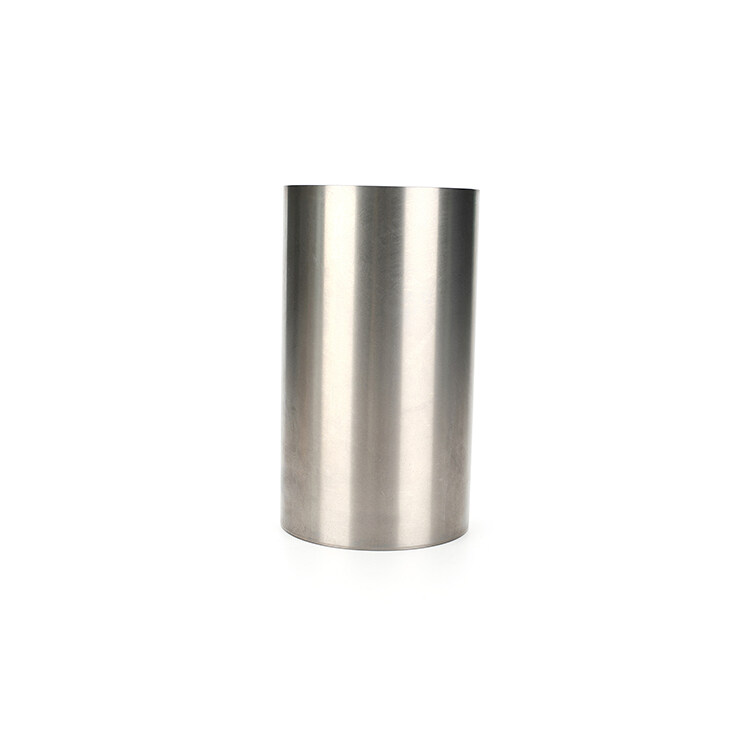
Dry cylinder liner
The outer surface of the dry cylinder liner is not in direct contact with the coolant, its wall thickness is 1~3mm, in order to ensure the heat dissipation effect and the positioning of the cylinder liner. The outer surface of the cylinder liner and the cylinder body of the cylinder liner hole inner surface is higher machining accuracy and the use of a certain amount of interference to the cylinder liner to the cylinder liner hole.
Features: not easy to leak, leakage cylinder heart distance is small, compact structure, cylinder body structure rigidity, long life, no contact with coolant.
Disadvantages: poor heat dissipation, maintenance and replacement inconvenience. Mostly used in small engines.
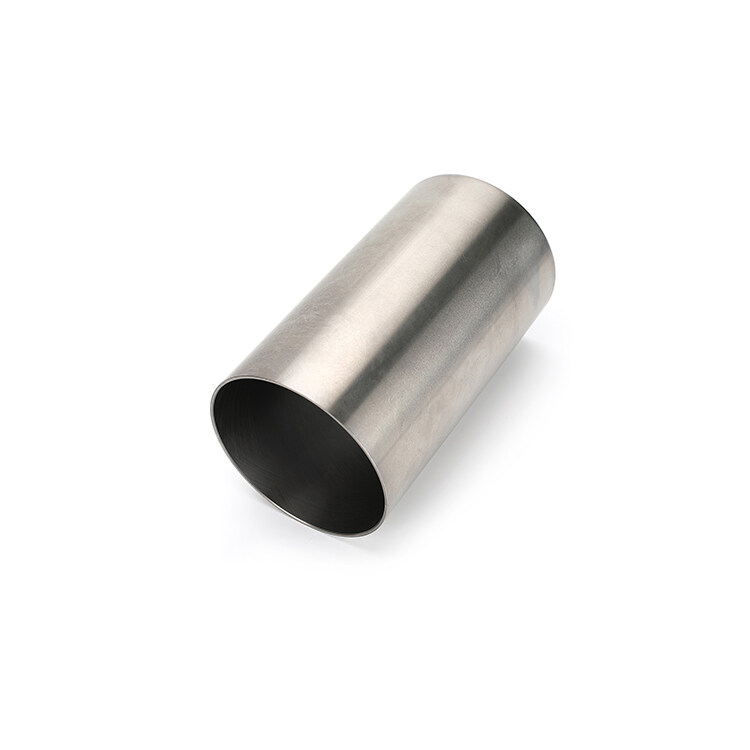
Wet cylinder liner
Its outer surface and cooling water direct contact wall thickness are generally 5 ~ 9mm.
Features: cylinder body without closed water sleeve, casting easier, easy to repair and replace, and heat dissipation effect is good.
Disadvantages: poor rigidity of the cylinder body, easy to produce cavitation, easy to leak air, and water, poor life, poor sealing.
Mostly used in the large and aluminium alloy cylinder blocks.
Material of cylinder liner
As the cylinder body material generally uses high quality grey cast iron, ductile iron or aluminium alloy, in order to improve the wear resistance of the cylinder, sometimes add a small number of alloy elements in the casting, such as nickel, chromium, molybdenum, phosphorus, etc. However, if the cylinder body all uses high quality wear-resistant materials, the cost increase. Because in addition to the piston with the cylinder wall surface, the other parts of the wear resistance requirements are not high.
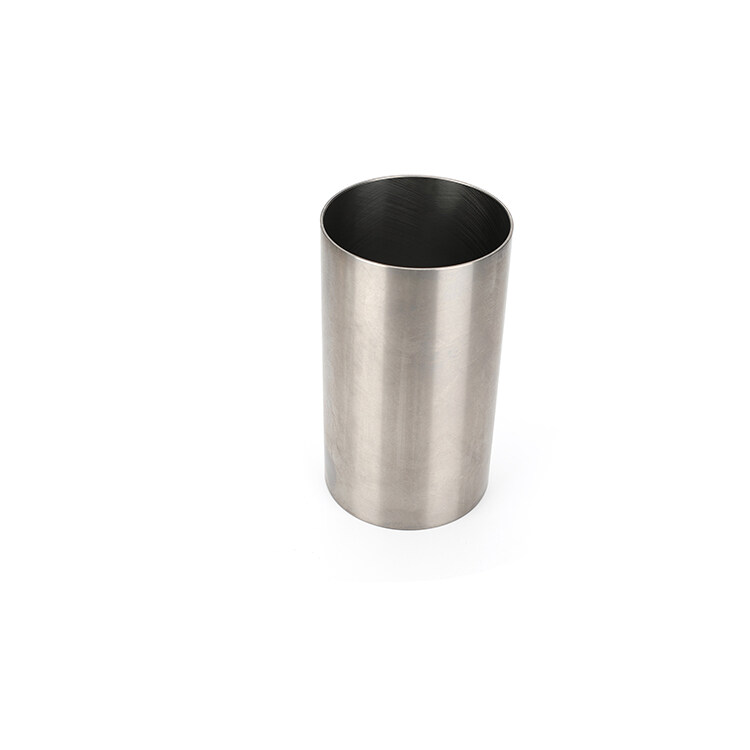
Therefore, modern automobile engines are widely used in the cylinder body set into the cylinder liner, forming the cylinder work surface. In this way, the cylinder liner can be used for good wear resistance of alloy cast iron or alloy steel manufacturing, to extend the service life, and the cylinder body is available at a lower price than ordinary cast iron or aluminium alloy and other materials made.
Cylinder surface due to high temperature and high-pressure gas, and high speed movement of the piston contact and very easy to wear, when the wear and tear more than the use of the period when the need to repair. The usual repair method is to re-process the cylinder into the quality material made of cylinder liner and restore the original geometry.
For the use of aluminium alloy material cylinder, due to the aluminium alloy itself is not wear-resistant, so in the manufacture of cylinder body on the shaft steel sleeve.
So the installation of the cylinder liner to avoid direct friction between the piston connecting rod group and the cylinder block. This extends the service life of the engine and facilitates future maintenance work.
For more information about the 4D33 Cylinder Liner, we are glad to answer for you.
